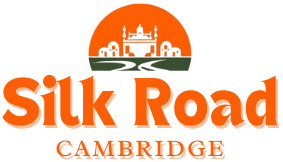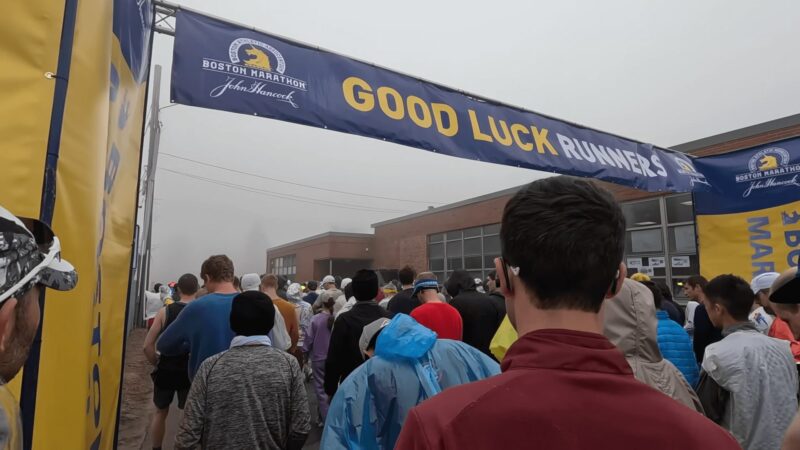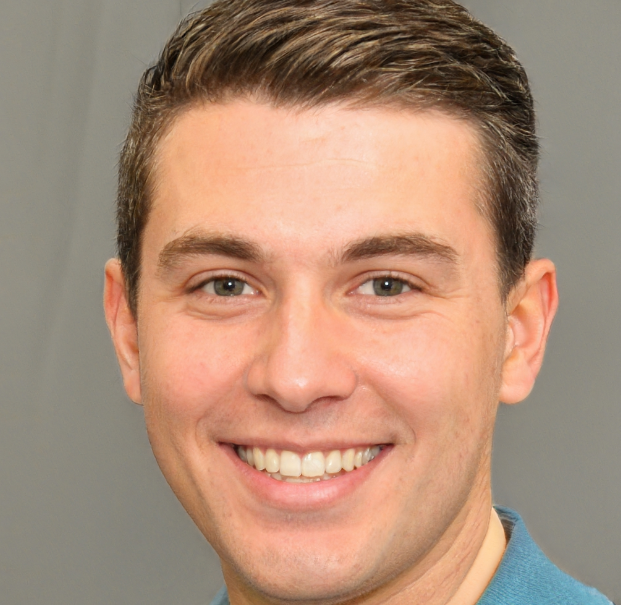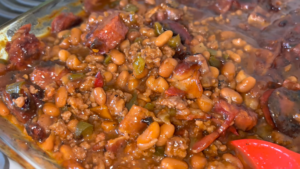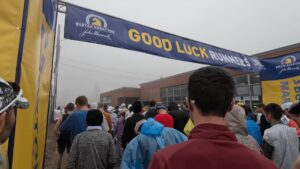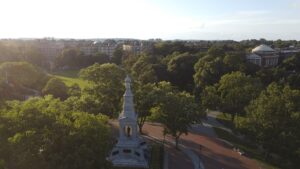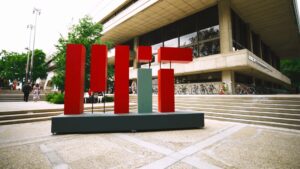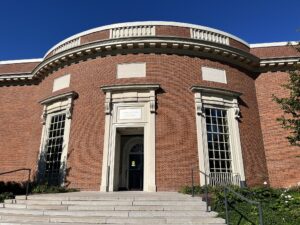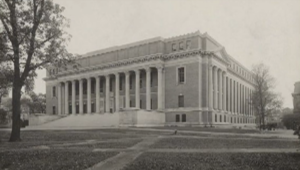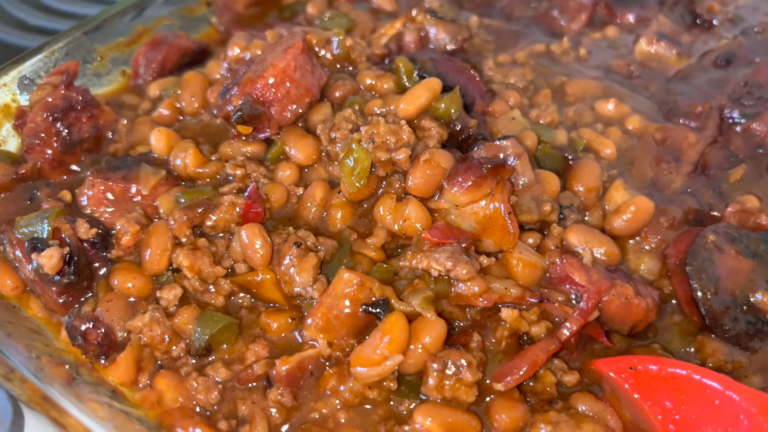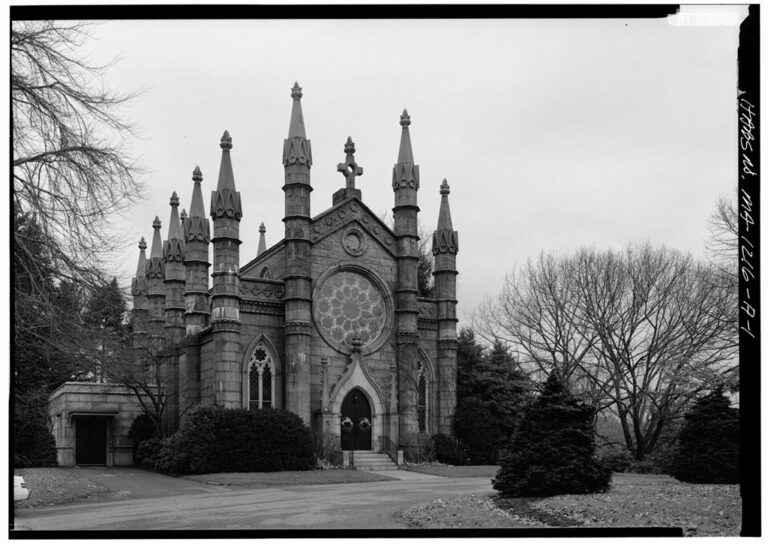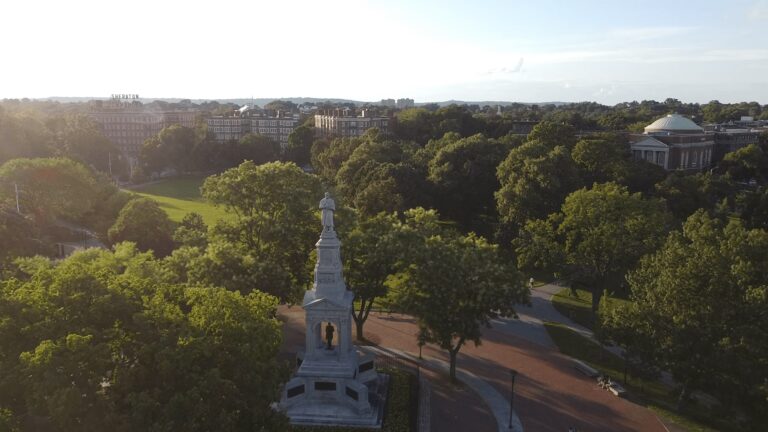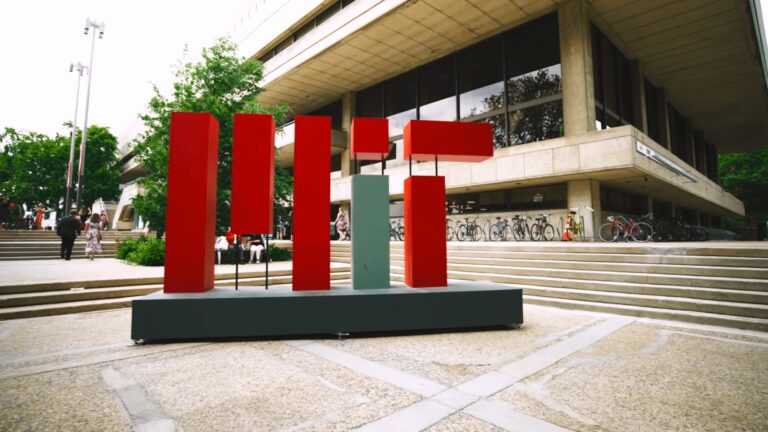Qualifying for the Boston Marathon is a dream for many runners around the world. This prestigious event demands not only exceptional athleticism but also strategic planning for it. This guide is designed to provide you with in-depth insights and practical tips on how to qualify for the Boston Marathon, with a focus on the 2024 and 2025 races.
Registration for the 2024 Boston Marathon took place from September 11 to September 15, 2023. The process was conducted entirely on the B.A.A.’s online platform, Athletes’ Village. All applications and qualifying times submitted during this period were verified and ranked by the B.A.A. based on how much time an athlete ran under their respective qualifying standard. Acceptance notifications were sent after all times were verified.
Time Standards and Age Groups
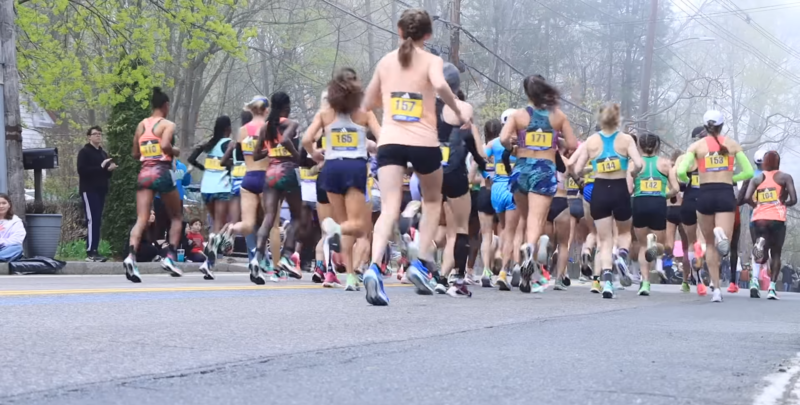
The Boston Marathon requires athletes to meet specific time standards that vary by age and gender. These standards are designed to ensure a competitive field and are based on the athlete’s age on April 15, 2024, for the 2024 marathon, and similarly for subsequent races.
Qualifying Windows
For the 2024 Boston Marathon, the qualifying period was from September 1, 2022, to September 15, 2023. For the 129th Boston Marathon, scheduled for April 21, 2025, the qualifying window began on September 1, 2023.
| Age Group | MEN | WOMEN | NON-BINARY |
|---|---|---|---|
| 18-34 | 3hrs 00min 00sec | 3hrs 30min 00sec | 3hrs 30min 00sec |
| 35-39 | 3hrs 05min 00sec | 3hrs 35min 00sec | 3hrs 35min 00sec |
| 40-44 | 3hrs 10min 00sec | 3hrs 40min 00sec | 3hrs 40min 00sec |
| 45-49 | 3hrs 20min 00sec | 3hrs 50min 00sec | 3hrs 50min 00sec |
| 50-54 | 3hrs 25min 00sec | 3hrs 55min 00sec | 3hrs 55min 00sec |
| 55-59 | 3hrs 35min 00sec | 4hrs 05min 00sec | 4hrs 05min 00sec |
| 60-64 | 3hrs 50min 00sec | 4hrs 20min 00sec | 4hrs 20min 00sec |
| 65-69 | 4hrs 05min 00sec | 4hrs 35min 00sec | 4hrs 35min 00sec |
| 70-74 | 4hrs 20min 00sec | 4hrs 50min 00sec | 4hrs 50min 00sec |
| 75-79 | 4hrs 35min 00sec | 5hrs 05min 00sec | 5hrs 05min 00sec |
| 80 and over | 4hrs 50min 00sec | 5hrs 20min 00sec | 5hrs 20min 00sec |
Field Size Limitations
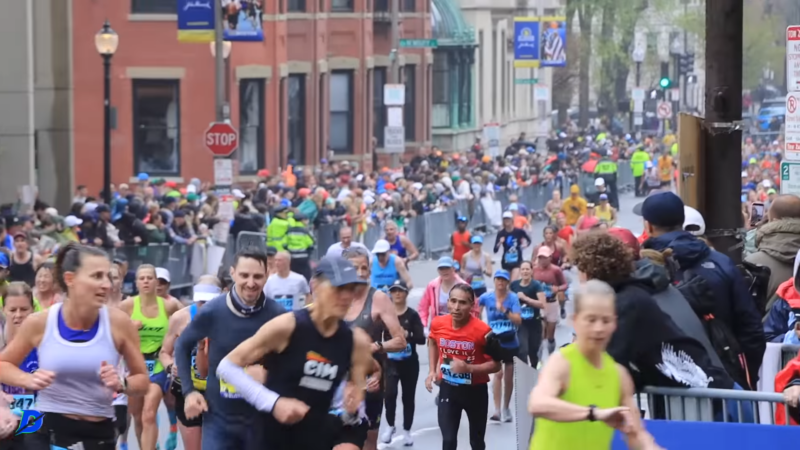
Achieving a qualifying time does not guarantee entry. The marathon has a cap on the number of participants. If the number of qualified applicants exceeds this cap, the fastest runners in each age and gender category get preference.
The Role of Chip Time
Qualifying times are calculated using the official net time, also known as chip time, which provides a precise measurement of your performance.
Certified Courses
Only times from certified full marathons are accepted for qualification. Indoor or virtual marathons do not count.
Multiple Race Registrations
A qualifying time can be used to register for multiple races, as long as it falls within each race’s qualifying window.
Age and Other Requirements
The minimum age requirement is 18 years on race day. The Boston Athletic Association (B.A.A.) rigorously reviews and verifies all qualifying times.
Strategies for Qualification
To increase your chances of being accepted, aim to beat the qualifying standard by a significant margin. Historically, runners who exceed their qualifying standards by larger margins have a higher likelihood of acceptance.
Training and Preparation
- Long-Term Training Plan: Develop a training schedule that gradually builds your endurance, speed, and running efficiency.
- Course Simulation: Train on courses that simulate the Boston Marathon’s terrain, particularly its challenging hills.
- Nutrition and Recovery: Focus on a balanced diet and adequate rest to optimize your training and prevent injuries.
Choosing the Right Qualifying Race
- Certification: Ensure the marathon you choose is a certified course by U.S.A. Track and Field or an international equivalent.
- Course Profile: Some courses are known to be ‘faster’ due to their flat profiles or favorable conditions.
- Timing: Select a race that falls within the qualifying window and gives you enough time to recover if you need a second attempt.
Navigating Registration
Runners can purchase registration protection at the point of registration, which can be a wise investment given the unpredictability of injuries or other life events.
Registration typically opens in September for the April race. Faster runners register first. Keep an eye on the B.A.A. website for specific dates.
The Cut-off Time
Due to the high number of qualifying applicants, there’s often a “cut-off time” – the minimum time below the qualifying standard required for acceptance. This time varies each year and can be unpredictable.
Non-Binary Athletes
The Boston Marathon has introduced specific qualifying times for non-binary athletes. These times are currently aligned with the qualifying times for women, reflecting the B.A.A.’s commitment to inclusivity.
What to Eat After The Race?
After the Boston Marathon, there are various food options available for runners and spectators. While the race itself does not specifically provide a meal, there are several ways participants can refuel, let’s take a look.
Post-Race Recovery Options
It’s recommended for marathon runners to consume a post-race recovery option that includes carbohydrates and protein within 30 minutes of finishing the race.
This might not necessarily be a full meal, especially as some runners may find it challenging to eat solid food immediately after the race. Liquid nutrition, such as chocolate milk, can be an effective choice to kick-start the recovery process.
General Food
Post-race food provided at the event usually consists of simple items like donuts and bagels, often donated by local businesses. However, what athletes eat right after the race is crucial for accelerating recovery. Runners should focus on foods that aid in muscle recovery and replenishing glycogen stores.
Local Restaurants and Special Offers
In and around the marathon route, local restaurants and hotels often have special offers and meals tailored for marathon participants. For instance, the Royal Sonesta Hotel restaurant has been known to offer a “Boston Marathon Recovery Meal” for a modest price.
This includes options like soup, sandwiches, cheesecake, and sorbet, catering to those looking for a substantial meal or something lighter after the marathon.
Race-Day Picks along the Route
Numerous eateries along the marathon route, from Hopkinton to Heartbreak Hill, open for lunch on Marathon Monday. These establishments provide a wide array of dining options, allowing runners and supporters to refuel with various cuisines after the excitement of the race.
FAQs
How do you run in the Boston Marathon?
To run in the Boston Marathon, you must first achieve a qualifying time at a certified full marathon. The Boston Marathon accepts qualifying times from marathons certified by USATF, AIMS, or their foreign equivalents. Indoor or virtual marathons do not count.
After achieving the qualifying time, you must apply for registration during the designated period on the B.A.A.’s online platform, Athletes’ Village.
Can you run Boston if you don’t qualify?
The primary way to participate in the Boston Marathon is by meeting the qualifying standards. However, there are a limited number of entries available through charity programs and other special categories, allowing participation without meeting the standard qualifying times.
How many people try to qualify for the Boston Marathon?
For the 2024 Boston Marathon, a record number of 33,000 qualified runners applied to participate. This number indicates the high level of interest and competition for entry into the marathon.
What is a 3.5-hour marathon pace?
To complete a marathon in 3.5 hours, a runner needs to maintain an 8:00-per-mile pace for the entire 26.2 miles.
Is there an age limit to run the Boston Marathon?
The minimum age requirement for the Boston Marathon is 18 years on race day. All qualifying times are subject to review and verification, and runners are not officially entered into the race until their qualifying time is verified.
Conclusion
Qualifying for the Boston Marathon is an achievement that requires dedication, strategic planning, and a deep understanding of the qualifying process.
By adhering to the guidelines, rigorously preparing, and staying informed about registration details, you can increase your chances of lining up at the starting line in Hopkinton.
Remember, the journey to Boston is as rewarding as the race itself. Happy running, and see you at the finish line on Boylston Street!
